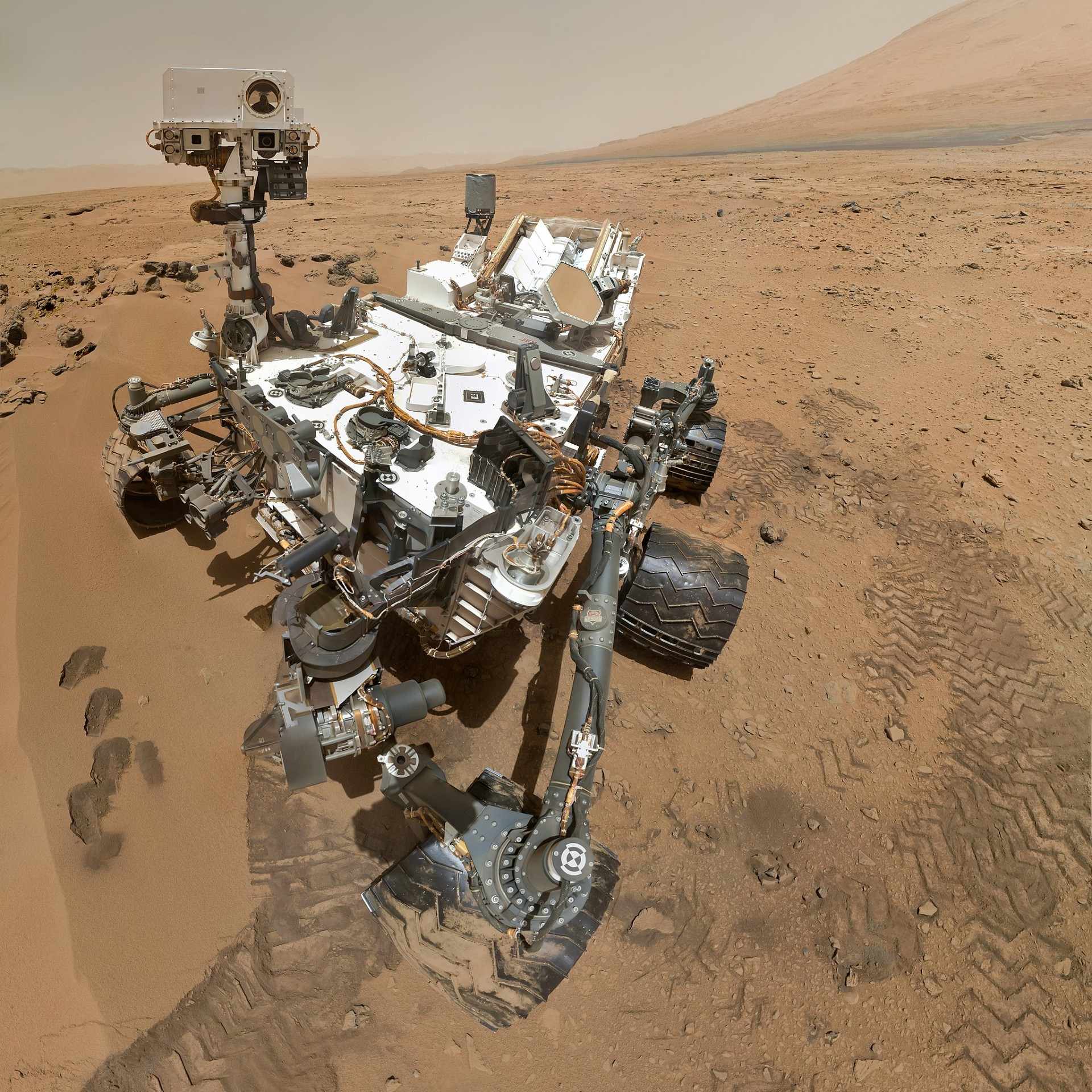



Remembering a cow’s birthday, catching thieves, making sure people wash their hands — although tiny, radio frequency identification (RFID) tags are up for some pretty big jobs. From construction to conservation, we’re asking them to do more for us every day. Here’s a look at eight important applications for RFID tags.
Did your doctor wash her hands before swabbing your throat? Shockingly, poor hand hygiene is the number-one cause of health-care-acquired infections. One study found that one in every 31 visitors to a health care institution picks up a new infection. Now, radio frequency identification tags could be changing that.
Several hospitals have begun experimenting with having workers wear RFID wristbands. Next to every sink is an RFID reader device that identifies who is cleaning their hands — and how often. In 2019, California’s Marin General Hospital used the system to boost hand-hygiene compliance from 45% to 77% among health care workers.
Imagine you’re in charge of vaccinating a herd of cattle. The catch? Every cow is the exact same age, size and shade of brown, and they aren’t lining up single file for you to jab them. How do you know which ones you’ve medicated and which ones you missed?
It’s a tail — ahem, tale — as old as agriculture itself. Traditionally, farmers used brands, ear notches, collars and other forms of ID that required a sharp memory and recordkeeping alongside them. Now, RFID ear tags make it possible to scan an animal and know exactly which individual it is. A radio frequency identification chip can store information about age, health, origin and destination, making sorting through a herd of goats as simple as scanning them.
Easier said than done.
Clothing equipped with RFID tags makes it easy to detect which items — and in what quantity — have left the bounds of a local Walmart or mom-and-pop outlet. In real time, retailers can detect which items a perpetrator made off with and quickly intercept them in the parking lot. RFID chips can also serve as evidence in criminal cases. They can show which door a thief walked through and at what time, backing up the documentation the security camera provides.
When it comes to cold storage, a shift of just a few degrees can have disastrous consequences, as the world recently learned when a janitor unplugged a freezer containing decades worth of cell research.
Yikes.
Although the consequences are less headline-worthy, a small rise in temperature can spoil frozen goods and lead to wasted food or foodborne illness. That’s why some cold chain companies have started using temperature-sensitive RFID chips to track the temperature of stored foods. These tags serve as an early warning system that alerts users if a storage area gets too warm.
In 2015, researchers placed radio frequency ID tags in boxes of frozen sea bass as well as inside the abdominal cavities of the fish themselves. Who wouldn’t love that job? The RFID chips helped the team discover that packing the fish on dry gel pads and wet ice was the ideal way to ship them.
The fish did not indicate a preference either way.
Washington, D.C.’s International Spy Museum apparently wasn’t exciting enough as it is, so curators decided to roundhouse-kick things up a notch. Their Undercover Mission exhibit uses radio frequency identification tags and interactive stations to let visitors test their espionage skills, assigning everyone an undercover identity and RFID-enabled badge.
The RFID tag tracks visitors and scores them on areas like memory, stealth, observation, bravery and technical know-how. At the end, visitors can access an online portal to see how they would fare in the James Bond universe. It’s a fantastic way to keep young museumgoers engaged long past the point their parents want to leave.
Construction sites can be chaotic. They’re large, open and cluttered with materials, making it all too easy for thieves to slip in unnoticed. Sometimes, contract workers themselves realize they can get away with pocketing a screwdriver here or the keys to a bulldozer there, and no one is the wiser.
However, RFID systems make it much easier to keep track of equipment. Construction sites can implement systems that check out items as people remove them from storage. A single scan of a job site can reveal the identity and location of every tool in the area, making it much easier to notice missing items.
Few things are as uniquely irritating as receiving a toll bill in the mail, especially when it comes weeks after you’ve already forgotten about your trip to the city. Paying a toll bill through the mail is inconvenient and can lead to late fees that compound over time.
Thankfully, RFID technology has made it easy for people who frequently drive through toll booths to pay their dues. An RFID tag installed in a vehicle allows toll booths to track the car and bill the driver automatically.
Biologists have long used radio collars to study species of concern. However, some animals, like birds, are too small to safely wear a radio collar. RFID tags are a unique solution for tracking endangered wildlife. They can easily transmit data about diseases and predator-prey dynamics while still being small enough for a hummingbird to carry.
Plus, advanced radio frequency identification tags could potentially interface with wildlife deterrent systems. If a bear gets too close to a farmer’s fence, for example, its RFID tag could trigger a loud noise or flash of light to scare the bruin away. RFID technology is a promising new development for the field of wildlife conservation.
Radio frequency identification has allowed great strides in shipping, tracking and animal management. Who knows how we’ll use it in the future? Someday, we just might look back and wonder how we ever lived without it at all.


This site uses Akismet to reduce spam. Learn how your comment data is processed.